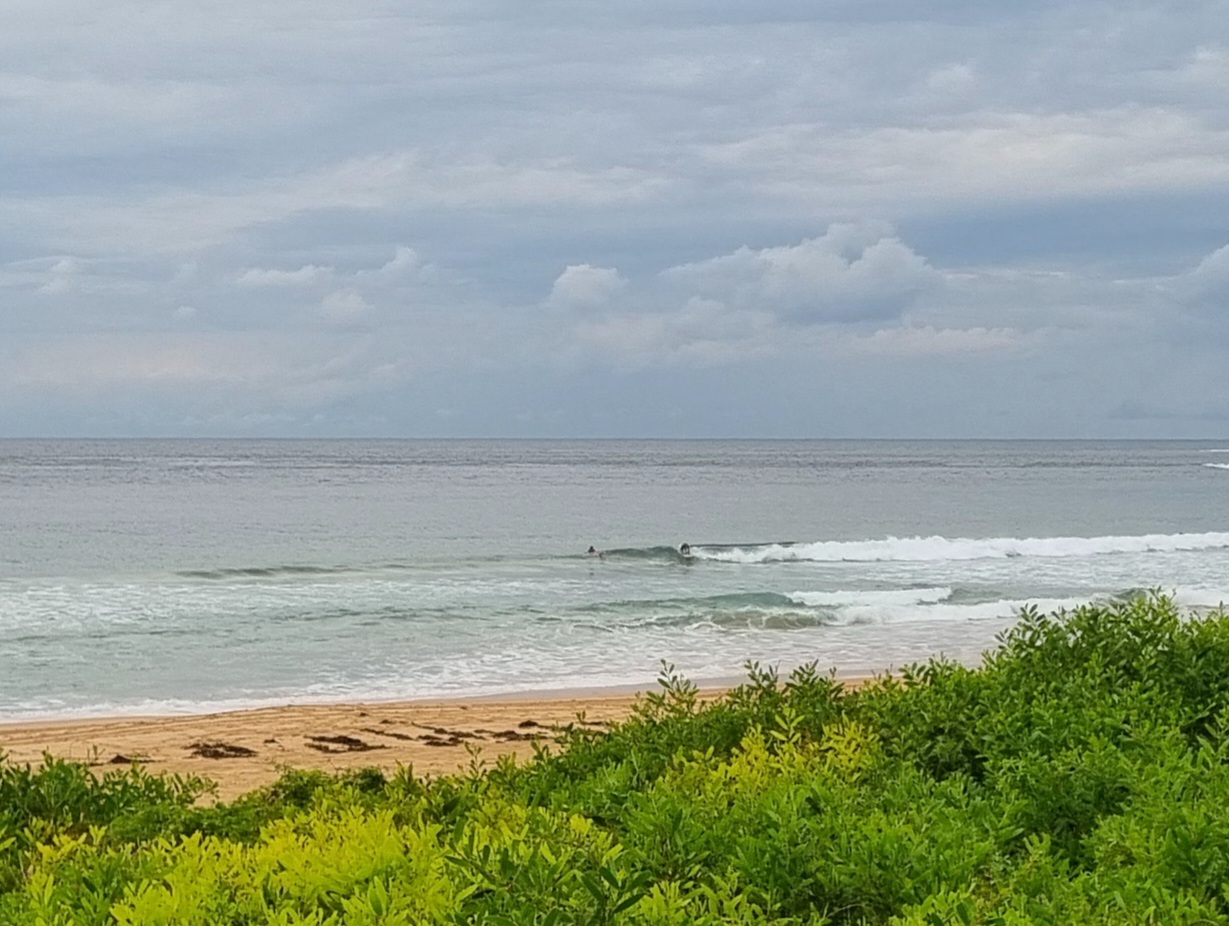Um, this isn’t good.
In an article published in Nature Geoscience by
Andy Ridgwell and Daniela N. Schmidt from the University of Bristol, the world’s oceans are acidifying 10x faster than they did 55 million years ago when there was a mass marine species extinction event.
You’ll never guess what’s causing it…
In his summary of the article*published on Yale University’s environment360 site, science writer Carl Zimmer writes:
When we humans burn fossil fuels, we pump carbon dioxide into the atmosphere, where the gas traps heat. But much of that carbon dioxide does not stay in the air. Instead, it gets sucked into the oceans. If not for the oceans, climate scientists believe that the planet would be much warmer than it is today. Even with the oceans’ massive uptake of CO2, the past decade was still the warmest since modern record-keeping began. But storing carbon dioxide in the oceans may come at a steep cost: It changes the chemistry of seawater.
From: An Ominous Warning on the Effects of Ocean Acidification by Carl Zimmer: Yale Environment 360.
*Original citation:
Past constraints on the vulnerability of marine calcifiers to massive carbon dioxide release
Andy Ridgwell & Daniela N. Schmidt
Abstract
Increasing concentrations of carbon dioxide in sea water are driving a progressive acidification of the ocean1. Although the associated changes in the carbonate chemistry of surface and deep waters may adversely affect marine calcifying organisms2, 3, 4, current experiments do not always produce consistent results for a given species5. Ocean sediments record past biological responses to transient greenhouse warming and ocean acidification. During the Palaeocene–Eocene thermal maximum, for example, the biodiversity of benthic calcifying organisms decreased markedly6, 7, whereas extinctions of surface dwellers were very limited8, 9. Here we use the Earth system model GENIE-1 to simulate and compare directly past and present environmental changes in the marine realm. In our simulation of future ocean conditions, we find an undersaturation with respect to carbonate in the deep ocean that exceeds that experienced during the Palaeocene–Eocene thermal maximum and could endanger calcifying organisms. Furthermore, our simulations show higher rates of environmental change at the surface for the future than the Palaeocene–Eocene thermal maximum, which could potentially challenge the ability of plankton to adapt.

